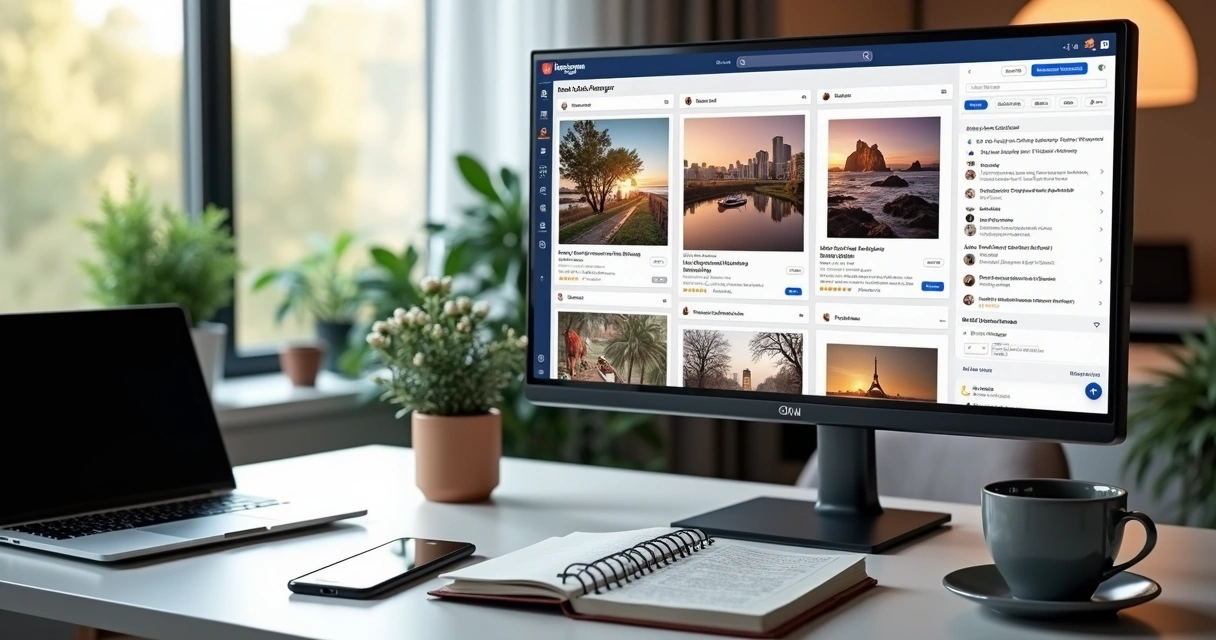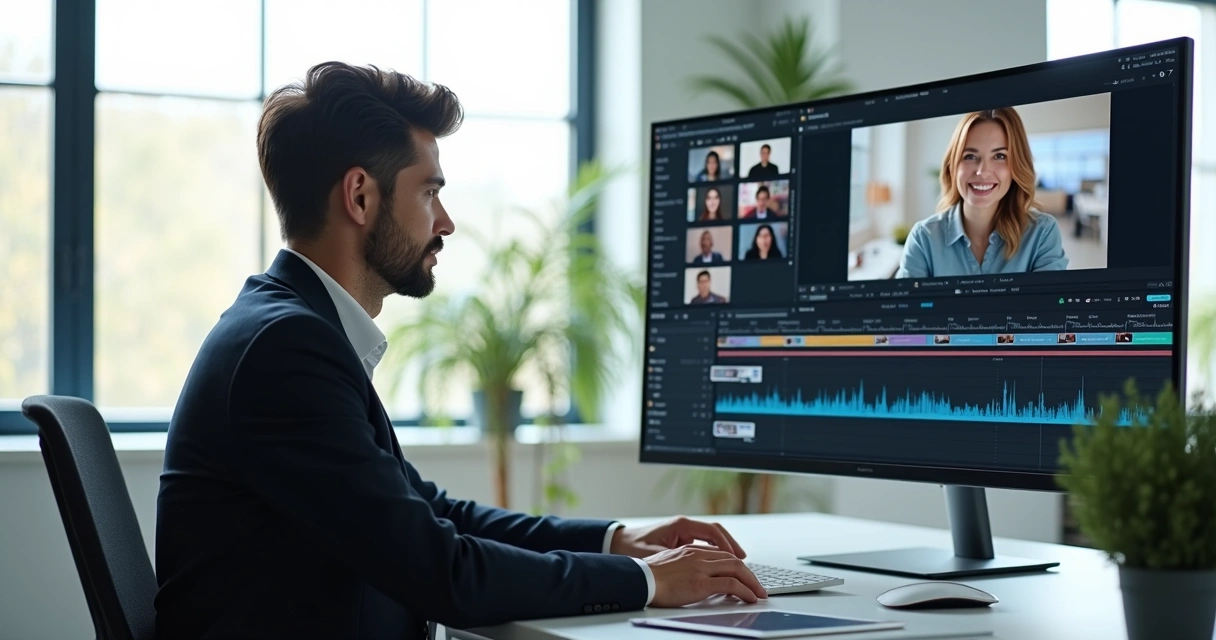Facebook advertising has transformed, and the bar keeps rising. The expectations for fast, diverse, and high-performing creative work are daunting. But what if you could multiply your creative output and cut costs at the same time? With artificial intelligence now woven into the fabric of digital marketing, this isn’t just theory—it’s changing how marketing teams, agencies, and businesses big and small create campaign ads for Facebook, known as anúncio para facebook. The secret? Letting AI handle the heavy creative lifting, so you can move faster and test more, without losing sight of your brand.
In this article, you’ll see how to use AI not just as a helper, but as the engine that powers a new approach to making high-impact Facebook ad creatives. From targeting to format selection, from copywriting to video production—AI has reshaped every step. We’ll look at the practical steps to instantly create and iterate on Facebook ad visuals, videos, and copy. You’ll also discover actionable tips to test and optimize like never before, maintain brand consistency, and finally achieve what often felt out of reach: much higher ad performance, with less friction.
AI is no longer optional in Facebook advertising—it's the new standard for creative speed and performance.
Why high-performing Facebook ads matter now
Advertising on Facebook isn’t getting easier. As more marketers crowd into the same digital spaces, good creative isn’t just desirable; it’s necessary to stand out and win attention. According to Meta’s Q2 2025 earnings report, revenue grew by 22% year over year, largely due to AI-driven advertising solutions that pushed conversion numbers higher. This points to a simple truth: creative innovation, powered by AI, directly impacts your results.
But what defines high impact for a Facebook ad? Typically, it’s:
- Grabbing attention in the newsfeed within seconds
- Conveying your offer clearly and quickly
- Matching the intent and interest of the audience
- Driving action—clicks, sales, signups, or any outcome you choose
- Building trust and recognition for your brand, campaign after campaign
Manual creative production—especially at scale—struggles with this. That’s where AI becomes your creative partner, delivering volume, variety, and velocity.
Understanding Facebook’s ad ecosystem
Before you start generating dozens or hundreds of creative variations, it helps to focus your energy. Facebook’s advertising environment is broad, with multiple placements, objectives, and ad formats. Your strategy must account for:
- Diverse audience segments, with varied interests and behaviors
- Different goals, from brand awareness to immediate sales
- A complex set of placements—Feed, Stories, Reels, Marketplace, and more
- Changes in Facebook’s own algorithms for distribution and optimization
AI can give you the tools, but understanding this environment—the ways people interact with ads, how creative assets get scored, when a change makes a big impact—is the foundation you need.
The big benefits of AI for creating high-impact Facebook ads
When you think “AI for ad creative,” you might imagine text generation or automated images. But the impact reaches much further. Here are ways that AI directly addresses some of the most persistent challenges in making effective anúncio para facebook:
- High output, no bottlenecks: Algorithms generate ad text, visuals, and even videos almost instantly, freeing creative teams from repetitive tasks.
- Faster testing, better iterations: Dozens of creative options let you test, learn, and improve quickly—no need to wait on fresh assets.
- Cost control: AI doesn’t get tired or require extra budget per iteration, sharply lowering your cost per variation.
- Consistent branding, always: Training and templates ensure every ad, no matter how fast it’s made, stays on-brand.
- Actionable insights: Integrated data analysis reveals which creative elements are winning, helping you adapt in real time.
Platforms like Automads are built around these possibilities—taking your idea and multiplying it into a high-volume, brand-safe campaign in minutes instead of weeks.
Where to start: Setting smart goals for your ads
A creative process without direction won’t help you, no matter how fast or smart the system is. Start by clearly defining what you want from your campaign.
- Brand awareness: Is your focus purely on reaching more people?
- Leads: Are you trying to capture new contacts?
- Sales: Is this campaign measured by revenue or conversion?
- Engagement: Do you want likes, shares, comments?
These objectives guide every move—from the copy you write to the visuals you choose, and even the AI parameters you set. For each campaign, state a clear, measurable KPI (key performance indicator) that your team can use as a “north star.”
The strongest creative is always built with a clear outcome in mind.
The step-by-step approach: Creating powerful Facebook ads with AI
Let’s break down the journey from blank canvas to high-impact Facebook ad, using AI to shortcut what used to be the biggest creative hurdles.
Step 1: Know your audience—deeply
AI is only as smart as the data it works with. At the start, feed your creative platform everything you know about who you want to reach:
- Demographic data (age, location, language, etc.)
- Pain points, needs, and goals
- Past purchase or engagement history
- Interests and affinities (from Facebook data itself or your CRM)
AI uses these signals to help generate not only ad copy and images that “fit” your target, but also to suggest the best format and calls to action.
Step 2: Pick the right ad format for your campaign
Facebook offers a wide range of ad formats. Matching your message to the format is a strategic step:
- Single image ads: Simple and focused, best for clear offers.
- Video ads: Short, snappy videos work well for complex stories or emotional impact.
- Carousel ads: Multiple images or videos, great for telling a multi-part story or showcasing a product range.
- Collection ads: A lead image or video with a shoppable grid—strong for ecommerce campaigns.
- Stories and Reels: Full-screen vertical formats, built for quick, immersive engagement.
Not sure which format will resonate best? Use AI tools to generate creatives for each and test them in parallel—a process known as multivariate or creative testing.
Step 3: Generate headline and primary text with AI
Perhaps the most reliable starting point for AI-powered ad creative is the copy. Strong headlines and clear body text, tuned to your audience and your offer, decide whether your ad catches a scroll or gets ignored.
- Brevity and clarity: Facebook ads reward concise, fast-to-understand language.
- Tone and personality: Match voice to your brand—AI models can be trained with your past campaigns or guidelines for consistency.
- Direct value: State the main benefit or offer in the first line.
Generative AI models, like those behind Automads, can rapidly draft 10, 20, or even 50 versions tailored to various micro-audiences or formatting needs. Studies, such as this research paper on reinforcement learning for ad text, found that fine-tuned AI copy boosts click-through rates by nearly 7% over standard copywriting approaches.
Testing ad copy isn’t just nice—it’s a proven path to more clicks and better results.
Step 4: Designing compelling visuals with AI
An ad’s image is its heartbeat. But creating dozens of images at the right spec, in your brand style, for every segment? It used to be overwhelming—now it’s just a click away.
- AI image generators produce static visuals in brand colors, with logo placement and compliant overlays.
- Scene selection, background adjustment, and even lighting can be managed by the system—no manual editing required.
- Need to localize or personalize visuals for audiences in different regions? AI automates it at scale.
For example, if you’re running an ecommerce brand, Automads’s ad image generator can instantly create on-brand product mockups across categories, letting you fill every creative slot in the Facebook carousel or feed as needed.

Step 5: Producing scroll-stopping video ads with AI
Video is the king of engagement on Facebook. But video production traditionally brings high costs—storyboards, filming, editing, actors. AI video generators change this by:
- Creating lifelike avatars to deliver your script in any language
- Auto-selecting stock or AI-generated backgrounds and scenes
- Dynamic captioning and callouts that match your campaign goal
- Exporting instantly in Facebook’s vertical or square video formats
If your team is looking to test the impact of face-to-camera versus purely graphical ads, it’s easy now: the same message, multiple actors, unlimited backgrounds, and real-time production—no cameras needed.

Step 6: Making multiple ad variations—you never have a single winner
Testing isn’t just about minor tweaks. Bigger, bolder changes in visuals, offers, or calls to action often deliver the largest jumps in results. AI empowers you to:
- Spin up dozens of creative versions—different images, scripts, or value propositions
- Segment by audience: age, gender, interest group
- Auto-adjust visual style for A/B or multivariate testing
- Monitor early campaign data to pause underperformers and focus on winners
This iterative process goes much faster, and costs far less, with AI creative generation built into the workflow.
Don’t settle too quickly on one “winner”—AI lets you let the data decide, again and again.
Brand consistency at scale: How AI protects your brand image
Moving fast is great, but moving fast with creative chaos is a recipe for disaster. Brand consistency matters even more when you’re generating at high volume.
AI-driven ad creative platforms, such as Automads, use:
- Pre-set visual guidelines (hex colors, logos, fonts, templates)
- Brand-safe content filters (excluding risky images or phrases)
- Training or upload of your team’s best past campaigns, guiding every new asset
That means even as you create hundreds of creative options with AI, every piece looks and sounds like it’s yours. The result feels seamless—immediate scale, no slipping in tone or appearance.
Real-world workflow: From idea to live Facebook ad in minutes
Imagine: Your agency is briefed in the morning. By lunch, your Facebook ad campaign is live, already running with ten variations—each specifically generated for a target segment. There’s no queue or hand-off between designer, videographer, and copywriter; AI handles the repetitive work, and your creative team supervises, guides the vision, and fine-tunes as needed.
Here’s a typical sequence using a platform like Automads:
- Input objectives and audience profile: Choose the campaign type and enter basic audience data.
- AI drafts options: Instantly create images, text, and/or videos tailored to Facebook’s specs.
- Quick review: Choose which options fit your brand, adjust a headline, maybe swap an image.
- Bulk export: Download or push the assets straight into your Facebook Ad Manager.
- Monitor and adapt: AI can keep monitoring results and suggest edits or new versions automatically.
Going from idea to a live campaign is a sprint—AI makes it possible for any team.
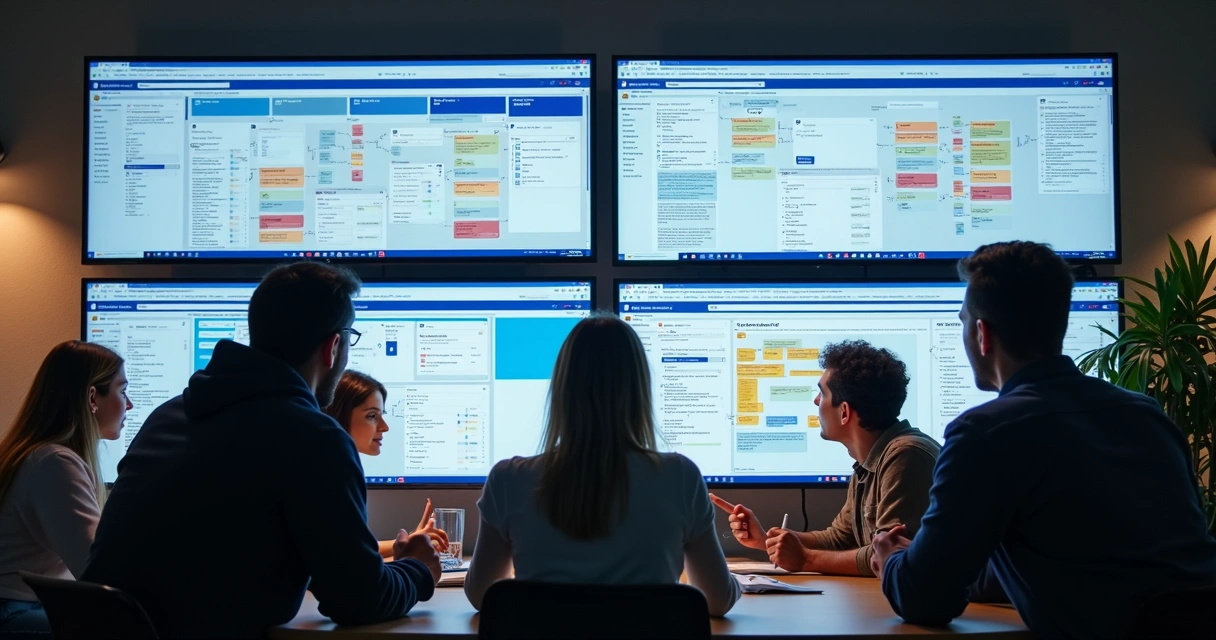
Why multivariate testing is non-negotiable
There’s a temptation to pick one “good enough” ad and go live. But the real game-changer—especially with AI driving production—is multivariate or A/B/C testing. This isn’t just about small tweaks; it’s about running several unique creative concepts, side-by-side, seeing which grabs attention and drives results fastest.
Key benefits:
- Rapid feedback: See which headline, image, or CTA wins—often within days or even hours.
- Budget efficiency: Push more spend to top performers, pause or retire lower ones instantly.
- Creative evolution: Winning concepts spark new ideas, while losing ones inform what to avoid.
According to analysis of AI-powered ad automation programs, teams adopting AI saw not just a reduction in manual labor, but meaningful increases in both sales and net income. The speed to test and act is a big driver.
Fine-tuning for Facebook’s algorithms
The right ad, for the right person, at the perfect moment—that’s what Facebook aims for. But their system rewards advertisers who provide both relevance and creative diversity.
Ways AI helps you win higher placements and lower costs:
- Different ad formats for each campaign, tested automatically
- Adaptation of creative elements based on platform engagement data
- Iterative tweaks, guided by Facebook performance feedback and audience interaction
When your ads stand out and stay fresh, the algorithms do more of the heavy lifting—getting you more impressions, and a better cost per result.
The Facebook algorithm loves fresh, engaging creative—AI keeps your ad library full.
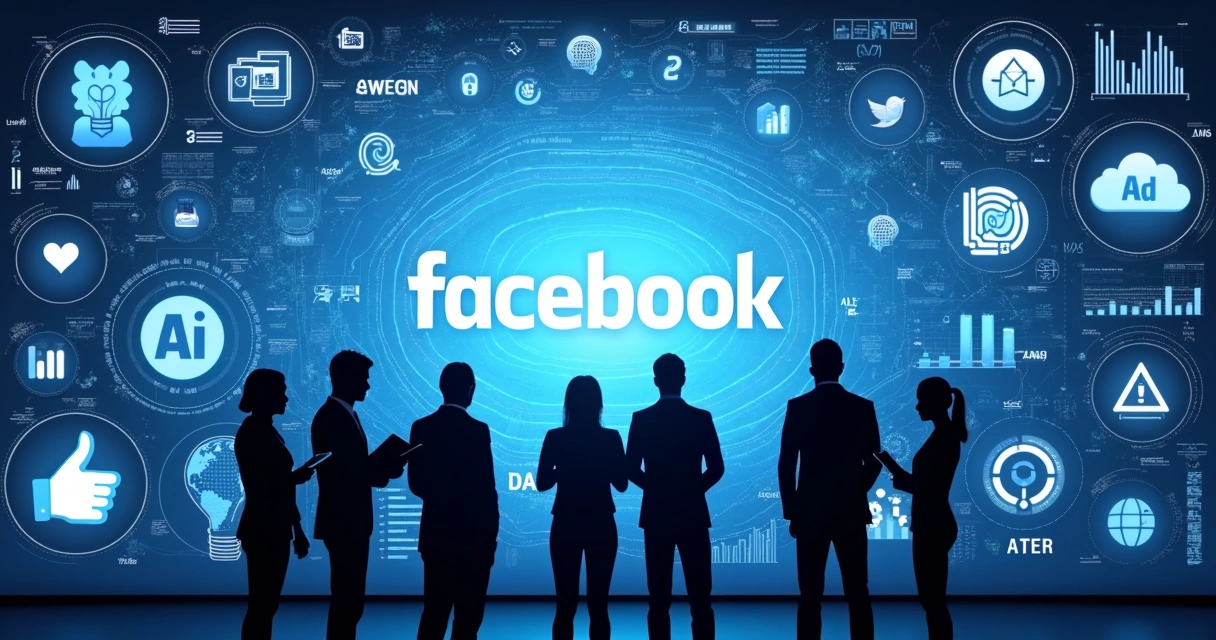
How teams use Automads to create Facebook ad creative
Let’s bring theory down to practice. With Automads, you get a workflow purpose-built for high-speed, high-volume Facebook ad creative:
- Start with the AI Facebook ad generator—enter your objective, product, and target audience details.
- Use the AI ad creative generator to spin up multiple image and copy concepts instantly.
- For campaigns needing video, switch to the AI ad video generator and produce ready-to-launch spots in minutes.
- If you’re focused on Meta’s wider ecosystem (Instagram, Messenger), the AI Meta ads generator brings your creative to those channels too.
- Want advanced visuals at scale? The AI ad images generator ensures you never run out of fresh, brand-safe graphics.
This level of integration means you spend more time planning your message, and less time wrangling with workflows.
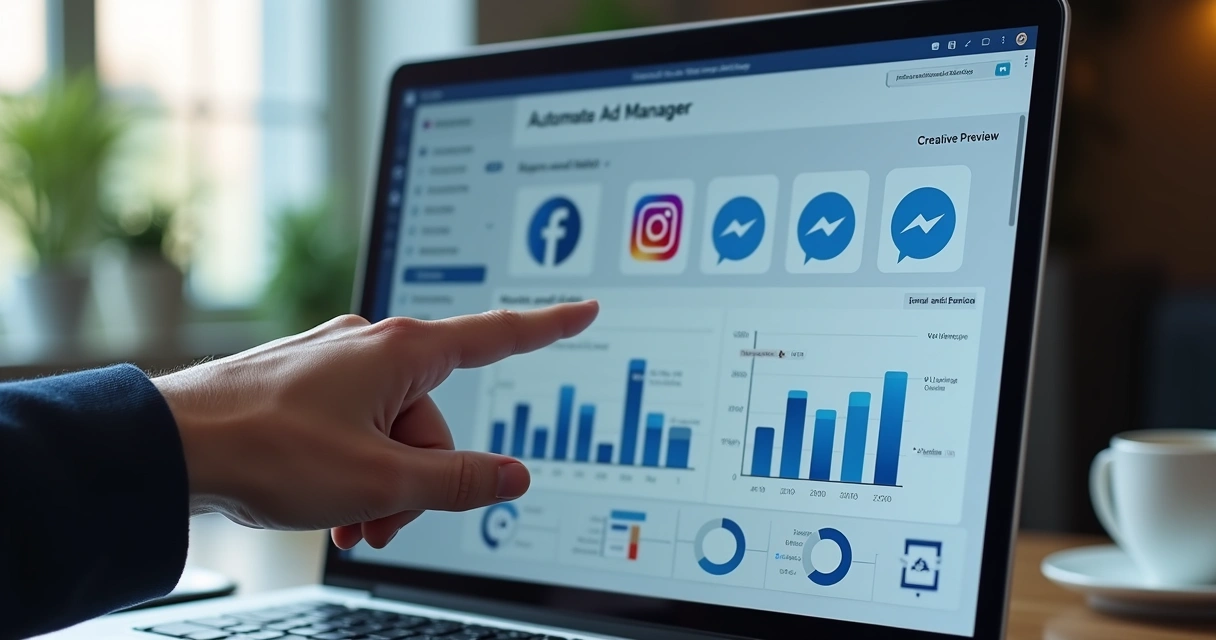
Analyzing results and learning faster with AI
Execution is just step one. AI isn’t done helping you after the ad launches—the magic continues in the results phase. AI can:
- Monitor performance trends in real time
- Highlight which creative elements drive higher conversion
- Automatically flag underperformers for adjustment or replacement
- Suggest next-generation creative based on winner patterns
With this, the feedback loop from data to fresh creative tightens. No more waiting a week for a new ad. Changes happen mid-campaign, balancing calculated moves with creative instinct.
Your best-performing ad today can inspire an even stronger ad tomorrow.
Tips for maximizing results and ROI from AI-generated Facebook ads
AI lets you move fast, but small details still make a big difference. Here are practical tactics to get even more from your AI-assisted creative campaigns:
Start with broad targeting, then refine quickly- Let Facebook’s algorithm test a wide audience the first days
- Use AI insights to identify high-performing segments, then narrow focus or swap creatives for laser targeting
- Don’t just change background colors and button text—try large differences in imagery, offers, and even format
- AI makes big swings affordable and fast
- Fatigue kills ads. Prepare a “bench” of new images, videos, and scripts in advance
- Set reminders to update top ads weekly or biweekly, using AI to generate new concepts based on the latest trends
- AI can draft, but your team adds magic: humor, empathy, and the final check for brand messaging
- Never go fully autopilot; the best results come from a blend
- AI can recommend when to scale a great ad, or cull the ones dragging your average down
- Keep your budget fluid, so you’re always backing the best horse
Addressing common worries with AI-generated ads
AI can still raise eyebrows, especially in creative industries. Here’s how to manage concerns:
- “Will AI make bland ads?” Not if your system is trained on your best performers, your guidelines, and your voice. The platform is only as creative as what you guide it with. Add variety.
- “Can mistakes or bias creep in?” Yes, but regular human oversight plus built-in AI filters catch most issues. Automads, for example, lets you reject or edit any output instantly.
- “What about privacy and data?” Keep your audience data anonymized. AI works well even with minimal personal detail if you feed in strong guidelines and feedback.
AI is a tool—your creative vision still leads the way.
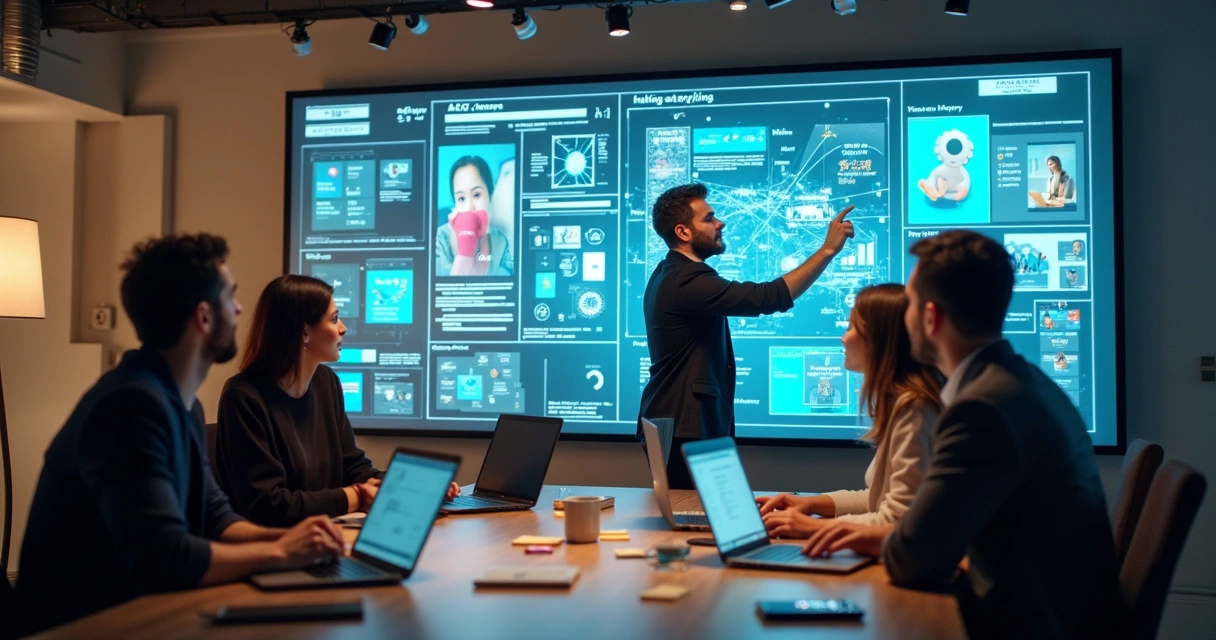
Advanced strategies: Hyper-personalization with AI
Now that AI can generate thousands of unique ad variations, hyper-personalization for Facebook campaigns is real. Instead of segmenting your audience into just a handful of groups, imagine offering almost one-to-one messaging:
- Personalized visuals—a different image for age, region, or even weather
- Dynamic text that matches the user’s past shopping or browsing behavior
- Localized videos, switching actor or script as needed for each target market
The scale is only limited by creativity and the underlying data. If you ever wished you could “speak directly” to each customer, AI now makes it a practical reality.

Rapid scaling: Managing campaigns with hundreds of creatives
Some brands and agencies run massive campaigns, dealing with hundreds or even thousands of ad variations. AI-powered platforms solve two big headaches here:
- Bulk creative generation: Instantly make large sets of creative assets, each tagged for the right audience, product, or campaign stage.
- Automated reporting and insights: Get an overview in real time of which variants deliver, so you can scale up without losing track.
This level of output used to require big teams and endless back-and-forth. AI brings it within reach for nimble brands and agencies.
Automating creative refresh: Never let your ads go stale
Stale, overused ads? It happens fast, especially on Facebook where audiences tire of seeing the same creative in their feed. AI helps you stay fresh:
- Auto-generate new variations weekly (or even daily)
- Swap in fresh visuals or copy where performance drops
- Schedule creative updates automatically, so campaigns evolve “on their own”
This rotation is especially urgent for high spend campaigns, where rapid fatigue can make ROI nosedive in days.
The best ad is the one that stays fresh in your audience’s mind.
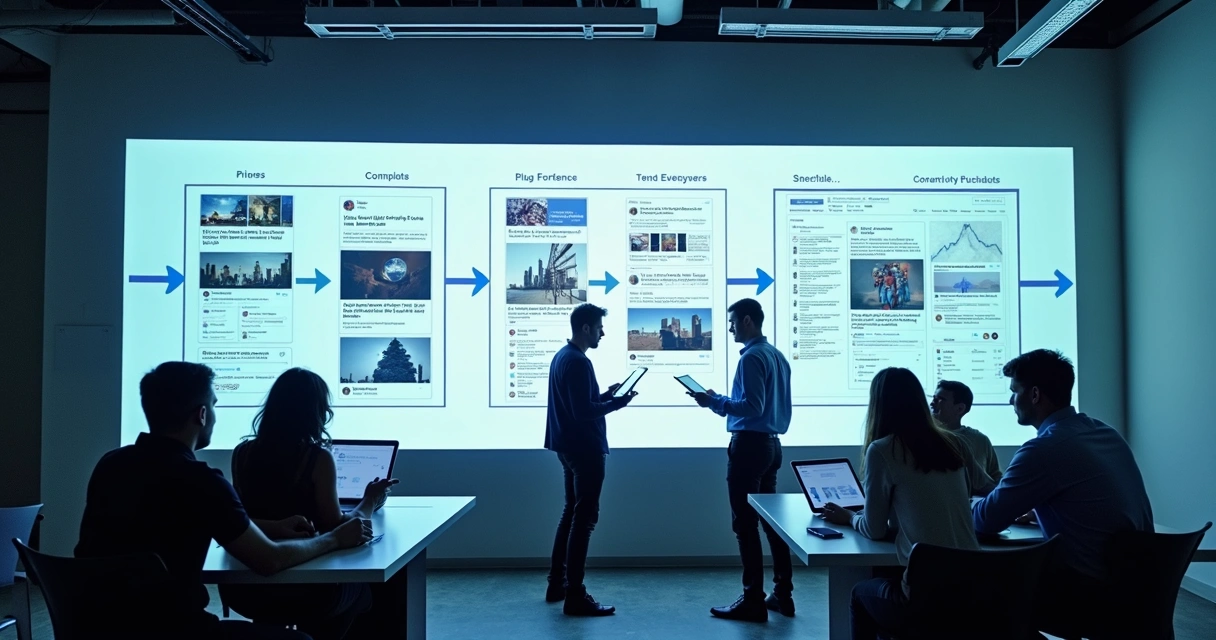
Real campaign stories: How AI changed the game
Let’s walk through an example. A mid-sized apparel brand wants to roll out a seasonal promotion. Normally, this meant 1-2 static ads, same headline for every audience, and results were “OK.” With AI:
- Fifteen product images are generated with three color styles and brand overlays
- Four headline variations tuned for different customer personas
- Three short videos—one will feature an AI actor, two will be purely animated
- In under two hours, more than 60 variations go live, each tracked to audience segments
Within 48 hours, performance data shows that Videos B and C, paired with Headline 2, drive the highest click-through and best cost per conversion. The losing combos are swapped out for new ideas while the campaign is running. Revenue jumps, costs fall. Similar effects have been observed by brands in industry analysis of AI-powered ad automation.
Interpreting results: Which numbers matter most?
Facebook campaigns throw out a dizzying amount of data. But a handful of metrics signal real impact:
- Click-through rate (CTR): Higher means your creative is connecting.
- Cost per click (CPC) or cost per action (CPA): This tells you how efficient your ad is at getting results.
- Conversion rate: The percentage of people who see your ad and then do what you want—buy, sign up, etc.
- Frequency: How often is your audience seeing your ad? High numbers usually mean it’s time for a refresh.
- Ad relevance diagnostics: Facebook shows if your ad is getting good engagement, quality, and conversion signals.
AI can spotlight sudden drops or spikes in these numbers—and even suggest what to try next. For instance, if your CTR and engagement rate rise after AI-generated copy updates and creative refresh, you know you’re on to something, as shown in recent research on generative ad text.
Ad creative compliance: Staying safe and policy-friendly with AI
If you’ve run Facebook ads before, you know how strict the platform is about creative compliance—no misleading claims, no restricted content, no copyright violations. AI tools trained on Facebook’s guidelines can scan each generated version for high-risk phrasing or visuals, helping avoid costly ad rejections.
- Create templates with “safe” language and design elements
- Flag possible issues, letting you edit before launch
- Quickly adapt rejected ads by swapping in compliant variations
This saves time, frustration, and keeps campaigns moving.
AI for agencies: Scaling without extra staff
Agencies are under pressure: more clients want fast results, custom creatives, and full reporting. AI-powered ad creative tools offer:
- Client-branded templates, so every campaign is “on voice” and ready-made for each account
- Faster reviews and revisions, since clients can review dozens of options at once
- Lower costs per creative, enabling agencies to offer premium services to more clients—in less time
No surprise that industry leaders now expect agency partners to use AI as a force multiplier, not just a nice-to-have.

AI and the future of Facebook ads: What’s next?
Will Facebook ads keep getting more competitive? Most likely. That makes AI-powered creative a foundational skill, not a fad. Expect to see:
- Even smarter segmentation, with AI auto-matching ad versions to micro-audiences
- Real-time creative adaptation—ads that shift copy or visuals based on date, event, or market shifts
- Better brand safety nets, automatically ensuring creative stays compliant everywhere
- Seamless workflows where strategy and execution are finally in sync
One thing seems clear: mastering AI-driven creative production now means your team is ready for whatever challenges Facebook and other platforms throw at you next.
The next breakthrough ad may be the one you tell AI to make tomorrow.

Conclusion: Ready to transform your Facebook ads?
The reality is, high-impact Facebook advertising isn’t reserved for giant brands anymore. With AI-driven tools, you have speed, scale, and creative flexibility to outpace the old ways—no matter your team size or experience level. Platforms like Automads bring all the pieces together, letting you instantly craft, test, and iterate on creative that delivers for your audience and your bottom line.
If you want to see for yourself how AI can multiply your Facebook ad results, remember: you can start generating creative in seconds, without a credit card, and with your brand front and center. Isn’t it time you turned ideas into action, fast? Give Automads a try and see how your next anúncio para facebook campaign could look.
Frequently asked questions
What is a Facebook ad campaign?
A Facebook ad campaign is a structured advertising effort run on Facebook’s platform, designed to achieve a specific goal like growing brand awareness, generating leads, or increasing sales. Advertisers select objectives, define targeting options, create ads (images, videos, or carousels), and set a budget. Campaigns can contain multiple ad sets and creative variations to reach different audience segments across Facebook’s placements, such as the News Feed, Stories, and Marketplace.
How does AI improve Facebook ads?
AI improves Facebook ads by automating the creation of ad copy, images, and videos, enabling marketers to produce a wide variety of creative assets quickly. It can test multiple variations, analyze performance data, and suggest optimizations to increase engagement and conversion rates. AI also helps maintain brand guidelines, localize creative for different segments, and quickly swap or refresh ads if performance declines—all while significantly reducing time and manual effort.
What are the best AI tools for ads?
Some of the best AI tools help generate high-quality ad text, graphics, and videos specifically tailored for Facebook. Automads, for example, offers dedicated generators for ad images, videos, and entire campaign creatives that can be used across Facebook and Meta platforms. These tools let teams instantly produce, review, and revise creative assets at scale, keeping them agile and ready to adapt to changing campaign data.
How much do Facebook ads with AI cost?
The costs for Facebook ads using AI break down into two areas: your ad spend and the price of AI creative tools. Ad spend is flexible and set by your campaign budget; it can range from a few dollars per day to much more. AI creative platforms often operate on subscriptions or pay-per-use models, usually costing less than hiring manual designers or videographers for each creative variation. Most teams find overall campaign costs decrease when AI automates much of the creative process.
Is AI worth it for Facebook advertising?
Yes, for most brands and agencies, using AI for Facebook ads is well worth it. AI dramatically reduces the time needed for creative production, allows broad testing across formats and audiences, and often improves ad results by quickly iterating on what works. As shown in studies and earnings reports, advertisers leveraging AI consistently see lower creative costs and higher campaign performance—making AI a smart investment for anyone serious about growing on Facebook.



